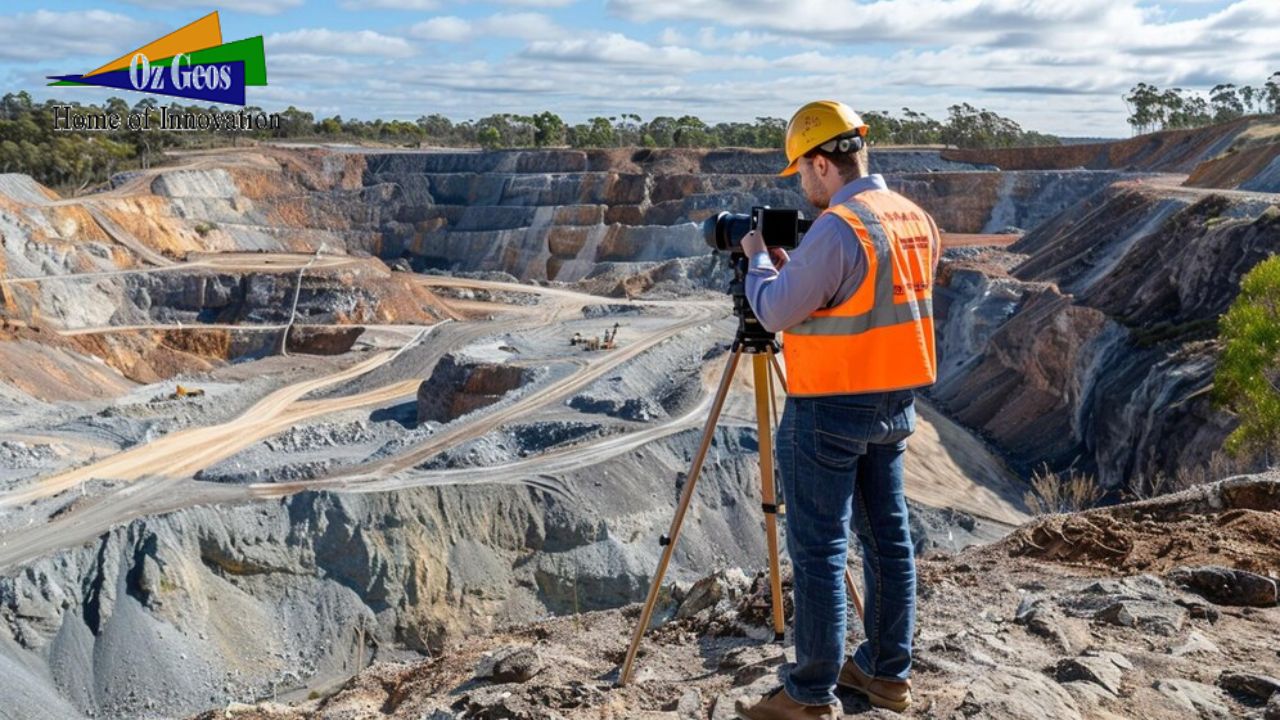Future-Proofing Your Business: A Deep Dive into Environmental Regulations and Assessments
Environmental regulations are laws and rules that are designed to protect the environment. Businesses and organizations of all sizes must comply with these regulations, or they could face fines, penalties, and other legal consequences.
There are many different types of environmental regulations, and the specific ones that apply to a business or organization will depend on its industry and activities.
However, some common environmental regulations include:
- Air pollution regulations
- Water pollution regulations
- Waste management regulations
- Hazardous materials regulations
- Land use regulations
Why is it important to comply with environmental regulations?
There are many reasons why it is important for businesses and organizations to comply with environmental regulations. First, it is the law. Businesses and organizations that fail to comply with environmental regulations could face serious legal consequences, including fines, penalties, and even criminal charges.
Second, complying with environmental regulations is important for protecting the environment. Environmental regulations are designed to reduce pollution, conserve resources, and protect wildlife and habitats. By complying with environmental regulations, businesses and organizations can help to create a cleaner and healthier world for future generations.
Third, complying with environmental regulations can also be good for business. Many consumers are increasingly interested in supporting businesses that are committed to environmental sustainability. By demonstrating their commitment to
environmental protection, businesses can attract and retain customers, improve their reputation, and gain a competitive advantage.
How to comply with environmental regulations
There are many different steps that businesses and organizations can take to comply with environmental regulations. Some of the most important steps include:
- Identify the environmental regulations that apply to your business or organization. You can do this by contacting your local environmental protection agency or by reviewing the websites of the relevant government agencies.
- Develop and implement an environmental management system. An environmental management system is a framework for helping businesses and organizations to identify, assess, and manage their environmental impacts. There are many different environmental management systems available, such as ISO 14001 and the Environmental Protection Agency’s (EPA) Performance Track program.
- Train your employees on environmental regulations and procedures. It is important that all employees understand the environmental regulations that apply to your business or organization and know how to follow the procedures that have been put in place to comply with those regulations.
- Monitor your environmental performance. It is important to monitor your environmental performance on a regular basis to identify any areas where you may need to improve. This can be done through internal audits, environmental assessments, and other monitoring activities.
- Report on your environmental performance. Many businesses and organizations are required to report on their environmental performance to the government or to other stakeholders. This reporting can help to ensure that businesses and organizations are accountable for their environmental impacts.
How to conduct an environmental assessment
An environmental assessment is a process of identifying, predicting, and evaluating the potential environmental impacts of a proposed project or activity. Environmental assessments are often required by law for certain types of projects, such as new construction projects or projects that involve the use of hazardous materials.
There are many different types of environmental assessments, but they all typically involve the following steps:
- Scoping: The scoping phase of an environmental assessment involves identifying the potential environmental impacts of the proposed project or activity. This can be done through literature reviews, site visits, and consultations with stakeholders.
- Baseline studies: Baseline studies are conducted to collect data on the existing environmental conditions in the area where the proposed project or activity will take place. This data can be used to predict the potential impacts of the project or activity and to develop mitigation measures.
- Impact assessment: The impact assessment phase of an environmental assessment involves predicting the potential environmental impacts of the proposed project or activity. This assessment is based on the data collected during the scoping and baseline studies phases.
- Mitigation: Mitigation measures are developed to reduce or eliminate the potential environmental impacts of the proposed project or activity. Mitigation measures can include things like using cleaner technologies, reducing emissions, and protecting wildlife habitats.
- Reporting: The environmental assessment process typically concludes with the preparation of a report that summarizes the findings of the assessment and recommends mitigation measures.
Benefits of conducting an environmental assessment
There are many benefits to conducting an environmental assessment. Environmental assessments can help to:
- Identify and mitigate potential environmental impacts before they occur.
- Comply with environmental regulations.
- Obtain permits and approvals from government agencies.
- Attract and retain investors and customers.
- Improve the reputation of the business or organization.
- Gain a competitive advantage.
Conclusion
Complying with environmental regulations and conducting environmental assessments are important for businesses and organizations of all sizes.































